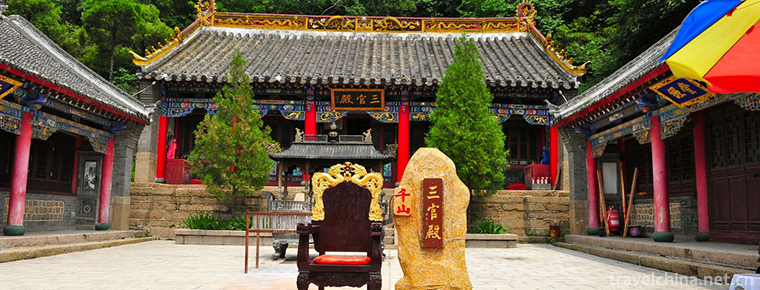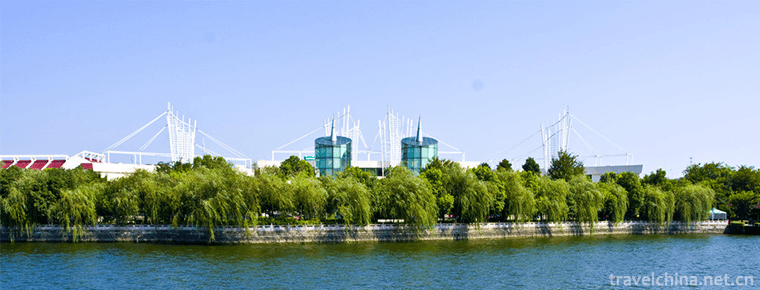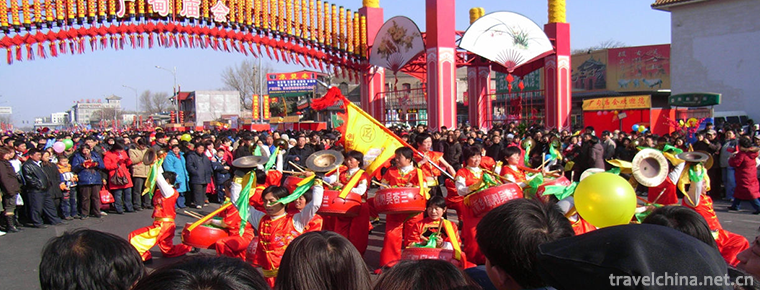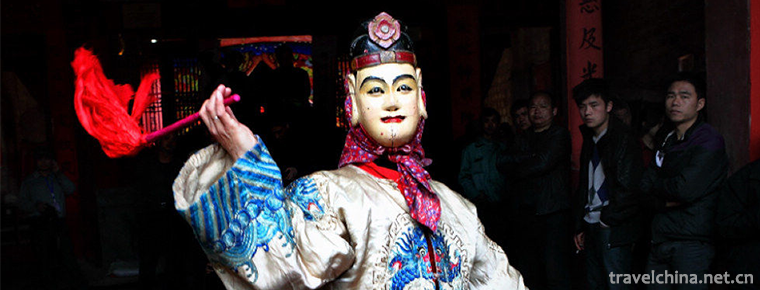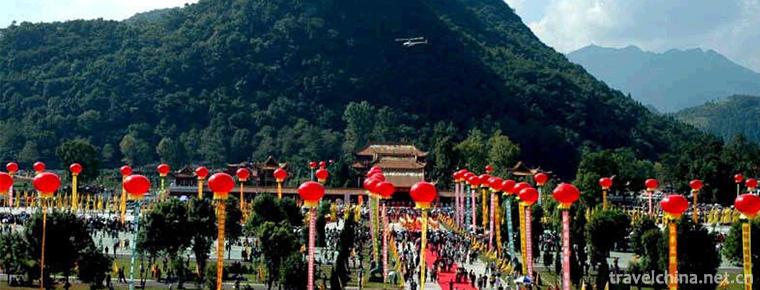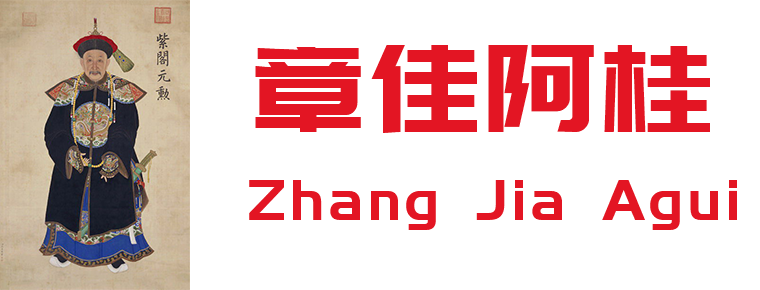Dong Ziyuan Scenic Area
Dong Ziyuan Scenic Area
Dong Ziyuan Scenic Spot (AAAA Class Scenic Spot)
Government, is located in the eastern part of Dezhou City, and is the political and cultural center of Dezhou City. It has five township streets with a jurisdiction area of 320 square kilometers and a population of 290,000. He was awarded the honorary titles of "Shandong Excellent Development Zone" and "Shandong Excellent Civil Servants Collective" by Shandong Provincial Committee. In 2008, he was also awarded the provincial "Scientific Development Demonstration Zone" and "Shandong Open Advanced Park". In recent years, with the goal of building a strong cultural area and promoting the harmonious development of culture and economy, the development zone has taken various measures to actively promote and develop cultural undertakings, while striving to explore ways to speed up the development of cultural industries, which has become the window of opening to the outside world, the base of attracting investment and the important growth point of economic development in Dezhou.
Development history
Dongzi Reading Platform in Dezhou was built in Sui Dynasty and destroyed in the war during the Republic of China. On January 14, 2007, at the 6th meeting of the 15th National People's Congress of Dezhou, the bill on the reconstruction of the "Dong Zi Reading Platform" in Dezhou was adopted as the first motion of the conference. In accordance with the decision-making plan of exploring historical and cultural resources, developing cultural undertakings and creating regional economic and cultural highlands, the Party, Labor Committee and Management Committee of Dezhou Economic Development Zone began to rebuild Dong Zi's reading platform in September 2007, and built scenic park with rich cultural connotations as its core. The newly built Dongziyuan scenic spot covers 743 Mu and invests 500 million yuan. Among them, the first phase of the project includes the main building of the park, Dong Zi Reading Platform, the water memorial archway of Three Strategies Guben, and the Dongzi Cultural Street, Liuhu Academy, Fanlu Square, Juxian Pavilion, Anding Pavilion, Guangren Building, Hongyi Building, Chongli Building, Huizhi Building, Mingxin Building, Chunhui Garden, Liuhu Lake, Liu Pavilion and Xue in the west of the park. The "Shensi", "Yixing", "No Peeping Garden", "Tianhe Bridge", "Man and Bridge", "Land and Bridge", "Lixin Pavilion", "Zhengyi Bridge", "Mingdao Bridge", "Fanlutang", "Spring and Autumn Boat" and so on have all been completed and opened to the outside world. The second phase of the project is mainly an ecological wetland scenic spot in the eastern part of the scenic park. Affiliated buildings include Dong Zhongshu Memorial Hall, statues of Confucian cultural representatives, Dezhou Regional Cultural Square and so on.
The theme of the whole scenic spot is Confucian culture. The creative theme is "national rejuvenation and the rule of the world". It vigorously promotes Confucian ideology and culture. Meanwhile, it encourages young people to work hard and become the backbone of "virtuous Fangzheng" by proclaiming Dong Zi's spirit of "three years without peeping the garden". The scenic spot takes Dong Zi's reading desk as its main scenery and Shawang River system as its vein. It is built near the water and the scenery comes out with the water. All the artificial landscapes are traditional buildings with gray and white tones, reflecting the simple, concise and atmospheric architectural style of the Han Dynasty. The Dongzi Cultural Street on the west side and the original ecological garden on the east side are connected by rivers and close to rivers, reflecting the harmonious urban landscape between the humanistic architectural space and the natural ecological space.
Dongzi Reading Platform in Dezhou was built in Sui Dynasty and destroyed in the war during the Republic of China. On January 14, 2007, at the 6th meeting of the 15th National People's Congress of Dezhou, the bill on the reconstruction of the "Dong Zi Reading Platform" in Dezhou was adopted as the first motion of the conference. In accordance with the decision-making plan of exploring historical and cultural resources, developing cultural undertakings and creating regional economic and cultural highlands, the Party, Labor Committee and Management Committee of Dezhou Economic Development Zone began to rebuild Dong Zi's reading platform in September 2007, and built scenic park with rich cultural connotations as its core. The newly built Dongziyuan scenic spot covers 743 Mu and invests 500 million yuan. Among them, the first phase of the project includes the main building of the park, Dong Zi Reading Platform, the water memorial archway of Three Strategies Guben, and the Dongzi Cultural Street, Liuhu Academy, Fanlu Square, Juxian Pavilion, Anding Pavilion, Guangren Building, Hongyi Building, Chongli Building, Huizhi Building, Mingxin Building, Chunhui Garden, Liuhu Lake, Liu Pavilion and Xue in the west of the park. The "Shensi", "Yixing", "No Peeping Garden", "Tianhe Bridge", "Man and Bridge", "Land and Bridge", "Lixin Pavilion", "Zhengyi Bridge", "Mingdao Bridge", "Fanlutang", "Spring and Autumn Boat" and so on have all been completed and opened to the outside world. The second phase of the project is mainly an ecological wetland scenic spot in the eastern part of the scenic park. Affiliated buildings include Dong Zhongshu Memorial Hall, statues of Confucian cultural representatives, Dezhou Regional Cultural Square and so on.
geographical environment
Dong Ziyuan Scenic Area belongs to Dezhou Economic Development Zone. Dezhou Economic Development Zone, as a provincial economic development zone approved by Shandong Provincial People's Government, is located in the eastern part of Dezhou City, and is the political and cultural center of Dezhou City. It has five township streets with a jurisdiction area of 320 square kilometers and a population of 290,000.
Main attractions
The theme of the whole scenic spot is Confucian culture. The creative theme is "national rejuvenation and the rule of the world". It vigorously promotes Confucian ideology and culture. Meanwhile, it encourages young people to work hard and become the backbone of "virtuous Fangzheng" by proclaiming Dong Zi's spirit of "three years without peeping the garden". The scenic spot takes Dong Zi's reading desk as its main scenery and Shawang River system as its vein. It is built near the water and the scenery comes out with the water. All the artificial landscapes are traditional buildings with gray and white tones, reflecting the simple, concise and atmospheric architectural style of the Han Dynasty. The Dongzi Cultural Street on the west side and the original ecological garden on the east side are connected by rivers and close to rivers, reflecting the harmonious urban landscape between the humanistic architectural space and the natural ecological space.






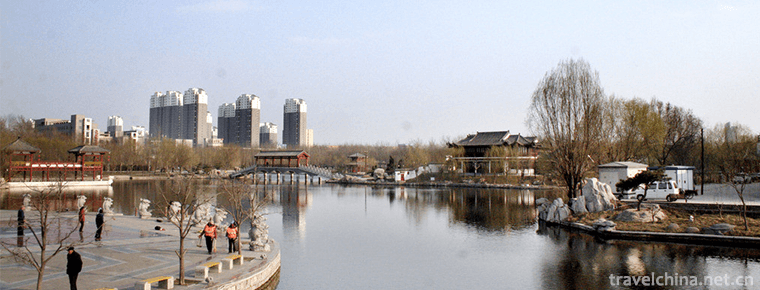
-
Mount QianQianshan Mountain
Mount Qian,Qianshan Mountain is located 17 kilometers southeast of Anshan City, Liaoning Province, with a total area of 44 square kilometers..
Views: 162 Time 2018-12-04 -
Tianmu Lake
Tianmu Lake is located eight kilometers south of Liyang City, Changzhou. It is named Tianmu Lake because it belongs to the remnants of Tianmu Mountain.
Views: 110 Time 2018-12-06 -
Dongba Valley Scenic Area
Dongba Valley Scenic Area, located at the foot of Yulong Snow Mountain, Yunnan Province, 15 kilometers away from Lijiang River, is a natural ecological Grand Canyon, a rift valley torn apart during th.
Views: 126 Time 2018-12-20 -
Changdian Temple
Changdian Temple Fair is a traditional folk custom and folk religious belief activity in Beijing. Among the many temple fairs in the old capital city, only the temple fairs in Changdian.
Views: 172 Time 2019-04-16 -
nuo dance
In the traditional Chinese civilization, "Nuo" is a social and cultural phenomenon with strong religious and artistic color, which has a long history and is widely popular in the Han nationa.
Views: 146 Time 2019-06-08 -
Sacrifice to Emperor Shun
Modern Shun Emperor Mausoleum sacrificial activities take the theme of "respecting ancestors and patriotism, inheriting civilization, uniting people's hearts and promoting development". The .
Views: 127 Time 2019-06-16 -
Traditional preparation methods of traditional Chinese medicine
Traditional Chinese medicine preparation method, one of the traditional Chinese medicine, is declared by the Chinese Academy of Traditional Chinese Medicine and the Chinese Association of Traditional .
Views: 194 Time 2019-08-03 -
Zhang Jia Agui
Ah Kui (September 7, 1717 - October 10, 1797). Zhang Jiashi , word Guang Ting , Number Cloud cliffs Manchuria's blue flag people (after the war in Xinjiang were promoted to Zheng Bai Qi), a Bachelor o.
Views: 192 Time 2019-09-11 -
Zhaohua ancient city
Zhaohua ancient city is located in Zhaohua Town, Zhaohua District, Guangyuan City, Sichuan Province. After that, Zhaochang county was renamed as Yichang county. Located at the confluence of Bailong River, Jialing River and Qingjiang River, the Jialing River flows here with Wancheng water system and natural Taiji. It has the reputation of "the world's first landscape Taiji" natural wonder..
Views: 129 Time 2020-11-08 -
Danba pig leg
Xiang Pigs are mainly green fodder. They never feed artificial feed. They graze with cattle and sheep all year round. They have long mouth and small ears, narrow head, straight forehead, narrow body and protruding back, strong limbs and fast running..
Views: 235 Time 2020-12-06 -
Four famous Chinese embroidery
Suzhou embroidery is famous for its fine stitches, elegant colors and fine embroidery. It has the characteristics of flat, light, even, harmonious, fine and dense. The theme is mainly about small animals. Such as "cat play", "wind through flowers",.
Views: 316 Time 2020-12-12 -
Warm tips for Chengdu Giant Panda Base
Giant pandas live in dense bamboo forests at an altitude of 2600-3500 meters. The annual temperature is lower than 20 ℃ and likes cold and afraid of heat. When the weather is cool, the giant panda will carry out activities in the outdoor playground. When the outdoor.
Views: 173 Time 2020-12-13
